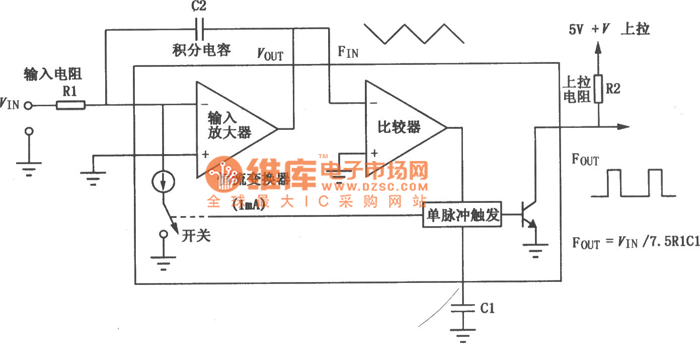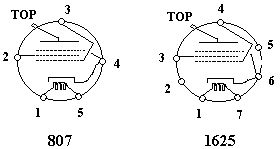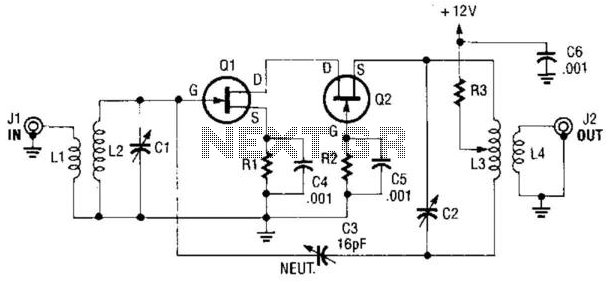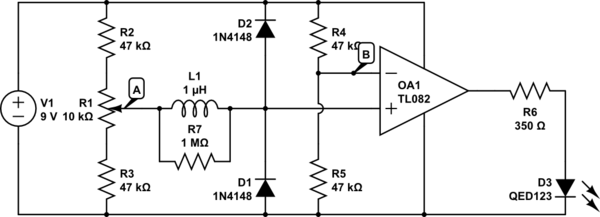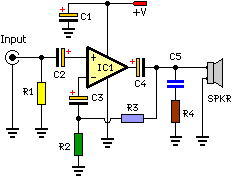
Amp Voltage Follower
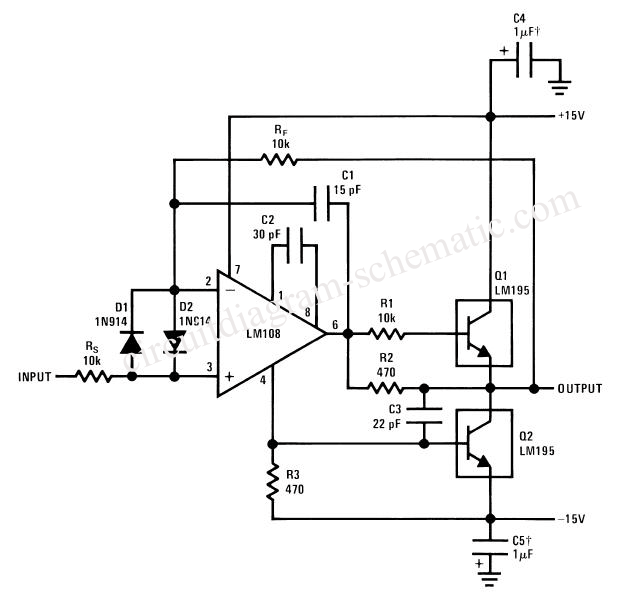
A simple power operational amplifier circuit designed for operation up to 300 Hz. One variant of this circuit presents challenges in protecting the flow regulator due to its fixed nature, rendering standard protections ineffective. The circuit is intended to limit the voltage regulator, preventing excessive current from flowing through the load. The implementation of a method that incorporates both regulator protection and thermal limiting circuitry is recommended. A schematic drawing accompanies this description.
The described circuit utilizes a power operational amplifier (op-amp) intended for low-frequency applications, specifically up to 300 Hz. Power op-amps are commonly employed in applications requiring high output current and voltage gain. This circuit's design includes a fixed flow regulator, which, while offering stability, poses difficulties in implementing conventional protection mechanisms.
To address the issue of excessive current flow through the load, the circuit incorporates a voltage limiting feature. This is crucial in preventing damage to both the load and the op-amp itself. The voltage regulator is designed to maintain a consistent output voltage; however, without adequate protection, it can be susceptible to overload conditions.
The recommended approach includes integrating thermal limiting circuitry alongside the voltage regulator protection. Thermal limiting is essential in preventing overheating, which can lead to failure in the op-amp and associated components. This can be achieved by using temperature sensors that monitor the op-amp’s junction temperature, triggering a shutdown or reducing the output current when a predefined temperature threshold is reached.
The schematic drawing provides a visual representation of the circuit configuration, showcasing the op-amp, voltage regulator, current sensing resistors, and thermal limiting components. Key elements such as feedback loops, input and output connections, and power supply configurations should be clearly marked to ensure proper understanding and implementation of the circuit.
In summary, this power op-amp circuit is designed for low-frequency applications with an emphasis on protecting the flow regulator from excessive current and thermal overload. The combination of voltage limiting and thermal protection circuitry enhances reliability and performance, making it suitable for various electronic applications.A simple power op amps to 300 Hz operation. One type of circuit is more difficult to protect the flow regulator. Because it`s been fixed, the normal protections are not working. Circuit to limit the voltage regulator allows the flow of excessive current flow through the load. About the only method that protects both the regulator protection and th ermal limiting circuitry is encouraged. Here is a schematic drawing: 🔗 External reference
The described circuit utilizes a power operational amplifier (op-amp) intended for low-frequency applications, specifically up to 300 Hz. Power op-amps are commonly employed in applications requiring high output current and voltage gain. This circuit's design includes a fixed flow regulator, which, while offering stability, poses difficulties in implementing conventional protection mechanisms.
To address the issue of excessive current flow through the load, the circuit incorporates a voltage limiting feature. This is crucial in preventing damage to both the load and the op-amp itself. The voltage regulator is designed to maintain a consistent output voltage; however, without adequate protection, it can be susceptible to overload conditions.
The recommended approach includes integrating thermal limiting circuitry alongside the voltage regulator protection. Thermal limiting is essential in preventing overheating, which can lead to failure in the op-amp and associated components. This can be achieved by using temperature sensors that monitor the op-amp’s junction temperature, triggering a shutdown or reducing the output current when a predefined temperature threshold is reached.
The schematic drawing provides a visual representation of the circuit configuration, showcasing the op-amp, voltage regulator, current sensing resistors, and thermal limiting components. Key elements such as feedback loops, input and output connections, and power supply configurations should be clearly marked to ensure proper understanding and implementation of the circuit.
In summary, this power op-amp circuit is designed for low-frequency applications with an emphasis on protecting the flow regulator from excessive current and thermal overload. The combination of voltage limiting and thermal protection circuitry enhances reliability and performance, making it suitable for various electronic applications.A simple power op amps to 300 Hz operation. One type of circuit is more difficult to protect the flow regulator. Because it`s been fixed, the normal protections are not working. Circuit to limit the voltage regulator allows the flow of excessive current flow through the load. About the only method that protects both the regulator protection and th ermal limiting circuitry is encouraged. Here is a schematic drawing: 🔗 External reference
Warning: include(partials/cookie-banner.php): Failed to open stream: Permission denied in /var/www/html/nextgr/view-circuit.php on line 713
Warning: include(): Failed opening 'partials/cookie-banner.php' for inclusion (include_path='.:/usr/share/php') in /var/www/html/nextgr/view-circuit.php on line 713

